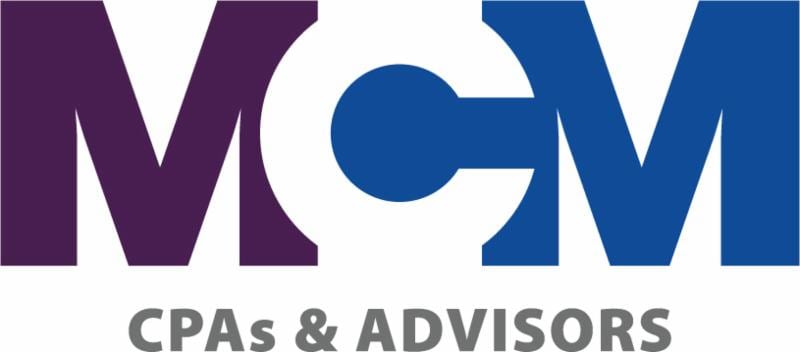There are many elements to review when considering the acquisition of an additional dealership
Do you ever catch yourself looking at dealerships for sale? Having one dealership, or just one in a certain area, is sort of like having one child. You are already going through the motions and adding another does not add 100% to your efforts.
There are synergies to enjoy through acquiring another dealership. It can even be a hedge against a slowdown in a market or a brand. But when an opportunity is presented, there are many things to consider. Let’s look at a few things to ponder when looking at adding a dealership to your portfolio.

Franchise
Is it similar or complementary to your e,'(i.sting brands? Do you have team members that have knowledge and ex perience with the brand? What is the current and future consumer demand for the products they produce? Do you want to do business with the clients that buy their product? What is their niche… does it match your current business model? If not, is the seller’s management team, assuming they will stay, capable of generating the ROI you desire? What additional resources do you have that can take the store to the next level? Keep in mind that when a customer sees the manufacturer’s sign on your building, it instantly sends a message to their brain that sets the bar for their expectations . Are you ready to exceed it?
Geography
Can key members of your current team travel to the new store, work several hours, and return on the same day? If not, can your current store stay on track with key people out for several days at a time? Successful, multi-point dealers with stores in different regions often create a “platform” dealership or office to service a group of stores in a given area. Some practical areas to consolida t1 are accounting, HR, marketing and IT. If it is your second store, you should be thinking along these lines. The return to the bottom line can be significant.
Culture
Every store has a culture, good or bad. What is the culture of this store? Is it a fast-paced metro or a laid-back ru ral store? Maybe it is the service department that shines by retaining the customers. Or it’s been at the same loca tion for years at Main & Main with strong community involvement. A perfect scenario is when the culture of the prospective store matches your current culture. However, if the existing culture works, be mindful of changing it. If it is broken, it must be fLxed. Perhaps adding resources to its deficiencies and harnessing its strengths will allow it to prosper. The market will reward you for making these changes.
Facility
Are there significant deficiencies that must be addressed before the business plan can be fully executed? Some things are easy to solve temporarily, like renting an adjacent lot for storage until minor facility upgrades are com pleted. Major construction or relocation that will enhance value can also be a vacuum of time and capital. Are you ready, willing, and able to take on the task? Some buyers can delay projects by working with the manufacturer on a plan to build the business before upgrades are made. Work closely with your advisor during the negotiating stage to map out a plan for implementing the necessary changes after closing.
How Does it Feel?
And finally, does it feel rightJ After you’ve done the walk through, digested the numbers, and discussed it with your advisory team, how does it feel? This is the 30,000-foot view combining your intuition, emotions and logic.
Your Team
THE BEST PRACTICE when considering adding a dealership location is to have your bench ready. Start today to have a process to recognize, train up, and retain your best talent. If you don’t reward them, someone else will. Provide opportunities for those that are destined to succeed and keep them
It has been said that success happens when preparedness meets opportuni ty. Are you ready?
For more information about how the above may affect you and your dealer ship business, please feel free to contact David McNulty at da vid.mcnulty@mcmcpa.com or Scott Herman at scott.herman@mcmcpa.com.



